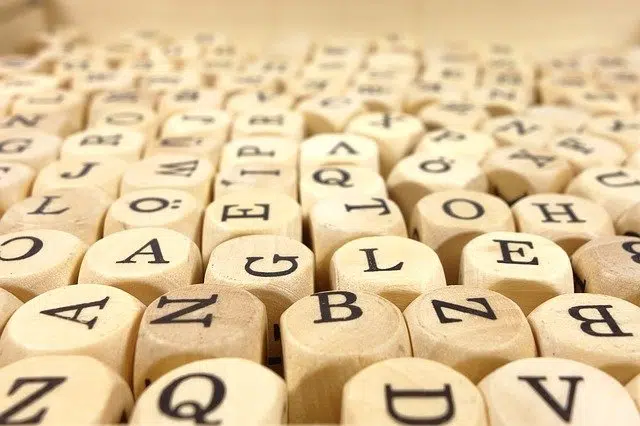
A moneme is the minimum unit of meaning and form.
The etymological origin of the term monema is found in Greek. Specifically, it must be indicated that it is the result of the sum of two lexical components of said language:
-The adjective “monos”, which can be translated as “unique” or even as “solitary”.
-The instrumental suffix “-ma”.
What is a monema
A monemem is the minimum unit that can be isolated at a morphological level in a grammatical analysis. It is, according to structuralism, the smallest unit of meaning and form .
Words can be divided into smaller elements that have a meaning and a signifier. These fragments are the monemes, the first articulation of every linguistic sign.
Some examples
Examples of monemes can be the following:
-The word “sea” is a single monemme.
-The noun “child” is made up of two monemes: “niñ-” and “-o”.
-The word “dogs”, for its part, is made up of three monemes: “perr-”, “o” and “s”.

Monemes can be classified in different ways.
Monemme classes
There are different kinds of monemes. Lexemes are those that provide the essential meaning of the word, functioning as its root. Morphemes , meanwhile, are the monemes that allow lexemes to be linked to each other and add nuances to the fundamental meaning.
Morphemes , in turn, can be independent (they do not need to be linked to a lexeme) or dependent (they have to be linked to a lexeme and can be derivative or grammatical).
We can establish that the dependent monemes are, in turn, divided into two: inflected , which indicate both gender and number, time, person or mode; and the derivatives . The latter are used to create new words and in the same way they are divided into two: the prefixes , which come before the lexeme, and the suffixes , which are the ones that come after the lexeme.
Inflectionals, in turn, have the peculiarity that they can also be divided into two:
-Nominal endings , which are used to indicate both number and gender.
-Verbal endings , which are those that serve to shape time, aspect, manner, person or number.
Independents , as their name already indicates, are those who form words on their own.
Classification of terms
Depending on the types of monemes they present, on the other hand, the terms can be simple (they have a single independent monemme), compound (they have at least two lexemes) or derived (they have a lexeme that appears together with a derivative morpheme). ).
Let's look at the case of “ball” . This word is formed with two monemes: the lexeme “pelot” and the morpheme “a” . That same lexeme ( "pelot" ) can be associated with other monemes to build more words ( "pelotazo" , "pelotero" , etc.).
The monemme “guerr” , meanwhile, is a lexeme that can join morphemes such as “a” , “ero” or “illa” to develop words such as “guerra” , “guerrero” and “guerrilla” . As can be seen, in all terms it is possible to recognize one or more monemes, which are their minimum constituent units.
